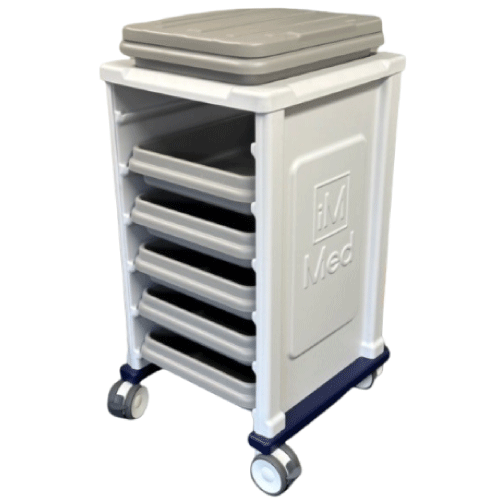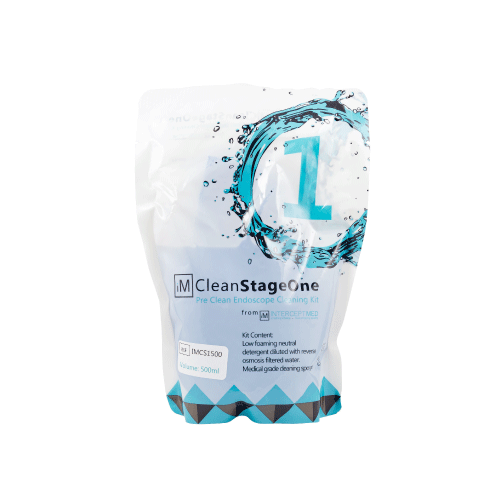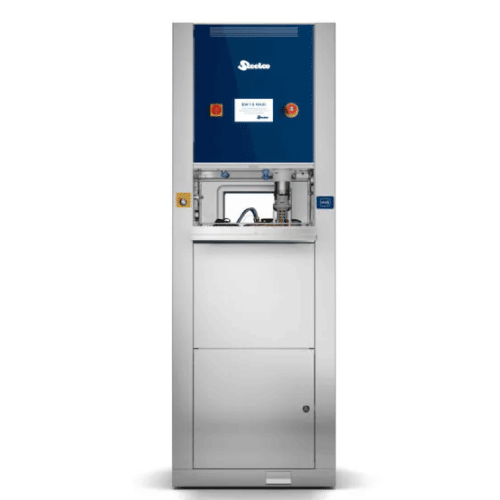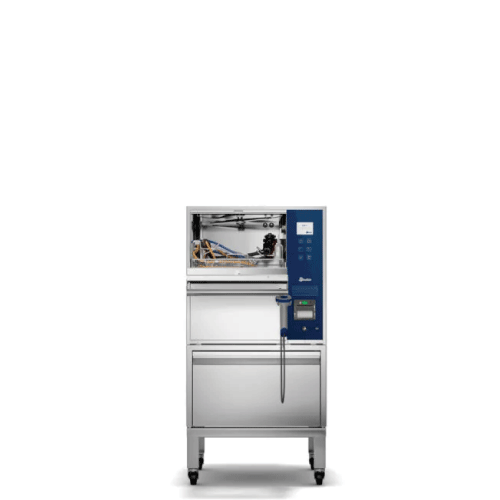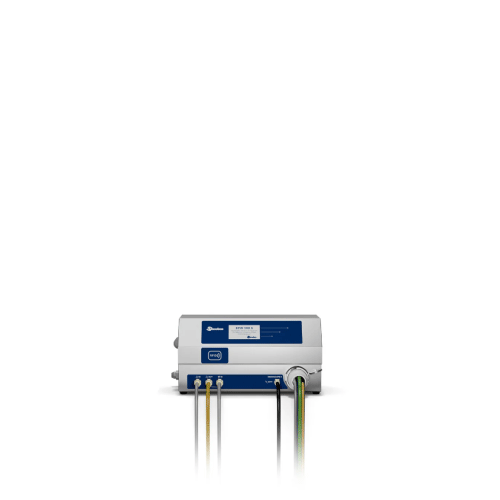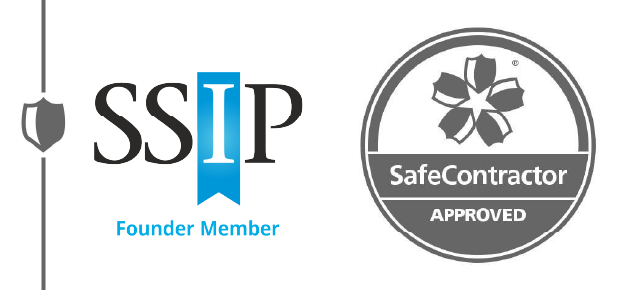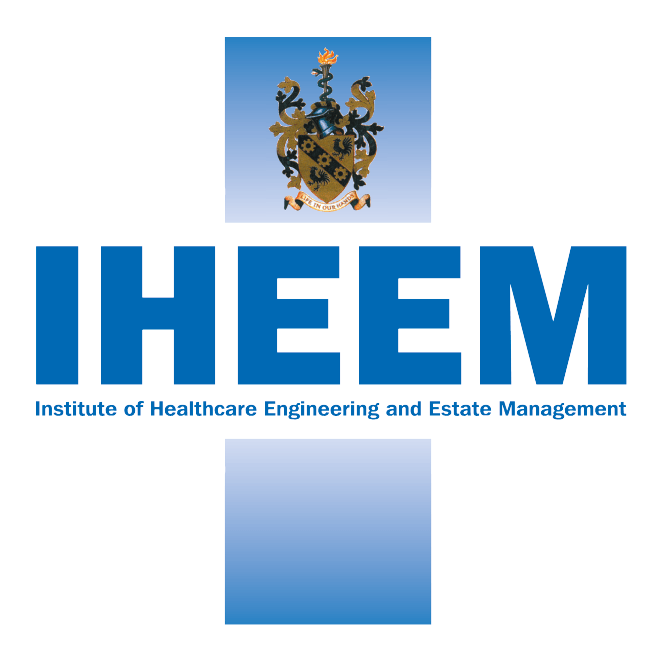Meeting the Challenges of Decontamination
Are Your Endoscopes Safe?
Cross-Contamination & Safety Risks: Are You Doing Enough?
Veterinary endoscopes are delicate and critical tools. But without effective cleaning and decontamination, they can become vehicles for cross-contamination between patients – and a chemical hazard to staff performing manual cleaning.
- Manual cleaning exposes staff to hazardous chemicals.
- Inadequate reprocessing risks infections, complications, and reputational harm.
- Transporting dirty or clean scopes improperly increases contamination risks.
Even the most dedicated veterinary teams can face challenges in meeting evolving hygiene and decontamination standards.
Is your current process as safe as it could be?
Veterinary Endoscope
Safe Transportation & Pre-cleaning
iM CleanEST - Tray Liners & Covers
A simple, effective and safe system to ensure reprocessed endoscopes can be easily and hygienically stored and transported.
The pack contains a single clear tray liner and two colour-coded tray covers, so decontaminated and contaminated endoscopes can be quickly and clearly identified.
Point-of-Care Cleaning Kit
Start the cleaning process immediately after use with essential kits for pre-cleaning at the point of care.
Veterinary Endoscope
Automated Cleaning & Disinfection
Industry-leading technology for veterinary endoscope cleaning, disinfection, and safe transportation—designed to meet best practices, deliver patient safety, and safeguard your team.
Veterinary practices across the UK are beginning to explore advanced decontamination methods to reduce infection risks, improve compliance, and better protect both patients and staff.
Whether you're looking to upgrade your process, further minimise cross-contamination risks, reduce manual cleaning exposure, or improve transportation safety, we can help.
Get in touch with our endoscope decontamination specialists:



